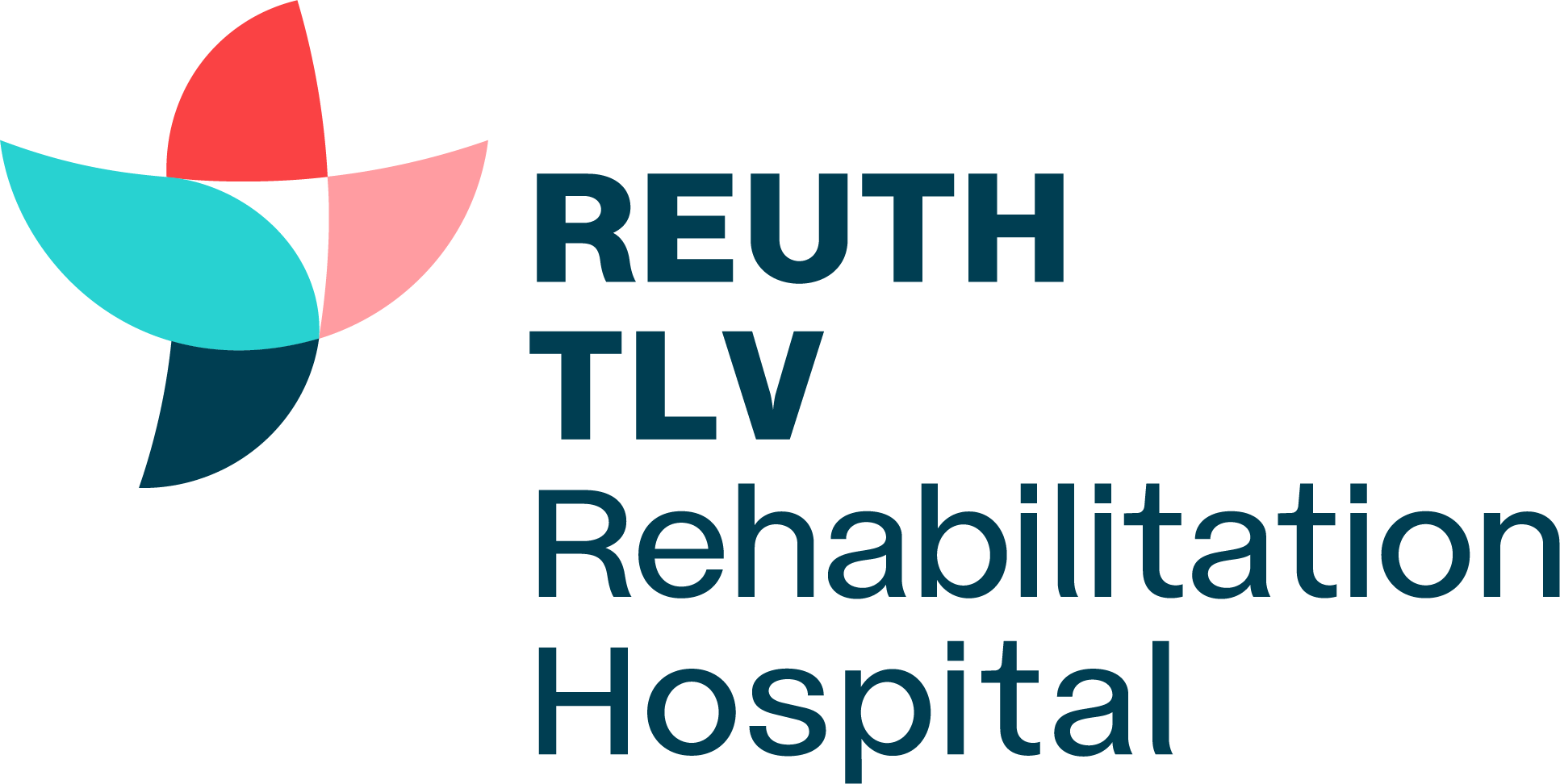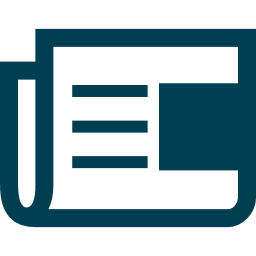What is the rehabilitation process?
The rehabilitation process is devised to help persons whose daily functioning has been impaired, to regain maximum functional ability. Rehabilitation can be conducted in the community or through an intensive hospital program.
Situations necessitating rehabilitation
Individuals whose physical, cognitive and/ or mental functions have been impaired by an illness or traumatic event are in need of rehabilitation. Different conditions require different types of rehabilitation:
1. Orthopedic rehabilitation – following fractures, surgery to the joints, severe joint inflammations and amputations.
2. Neurological rehabilitation – following illnesses or traumas that have caused neurological damage, such as a stroke.
3. Neurological rehabilitation – following an injury or illness that has damaged the spinal cord, affecting motor abilities, balance and control over bladder and bowel functions.
4. Rehabilitation following a prolonged or severe illness which has significantly reduced the person’s functional ability, such as a respiratory or heart disease.
What does the rehabilitation process include?
The rehabilitation process is a comprehensive treatment, provided by a multi-professional team comprising: a physician specializing in rehabilitation, nursing staff, physiotherapist, occupational therapist, speech therapist, psychologist and social worker.
The rehabilitation process consists of three stages:
1. Diagnosis and evaluation – the team receives the patient and performs initial diagnosis and evaluation to determine rehabilitation objectives, including a preliminary prognosis as to the individual’s ability to improve his functioning level. During evaluation the professionals recommend how treatment should proceed, whether it should be conducted in the hospital or in the community, and what kinds of treatments are most suitable.
Patients hospitalized following an illness or trauma are evaluated prior to their release by a geriatric or rehabilitation specialist, in consultation with a therapist from one of the health professions, such as a physiotherapist or social worker.
2. Rehabilitation – the rehabilitation itself includes: medical monitoring and a structured medical program for balancing risks and preventing complications; therapies as needed – occupational, physical, speech and/ or others; a social worker who follows the patient’s progress, helps him/ her obtain all relevant services and rights from Bituach Leumi, and eases his/ her return to the community. Throughout the process the multi-professional team monitors progress and helps the patient and his/her family prepare for the new lifestyle to be expected at home, which is suitable for the patient’s condition and capabilities after rehabilitation.
3. Evaluation and conclusion – the evaluation and conclusion of the rehabilitation process include recommendations for continued treatment as needed. The multi-professional team evaluates the rehabilitation’s outcome, formulates recommendations for continued treatment and instructs the patient and his/ her family with regard to the patient’s new needs. This summation is recorded in writing and a copy is given to the patient’s family.
Referring a patient to rehabilitation in a hospital or in the community
As mentioned above, a geriatric or rehabilitation expert recommends the type of continued care needed, as well as the appropriate framework for rehabilitation. However, the Ministry of Health has recently set guidelines for the referral of patients to rehabilitation in either the community or hospital.
Conditions requiring rehabilitation in a hospital
1. A medical condition requiring medical supervision and long-term medical and nursing care.
2. A functional and/ or psycho-social situation in which the patient needs time to prepare for release from the hospital. This may occur, for example, when there is no main caregiver to care for the patient once he comes home.
3. Motor, behavioral or language disabilities requiring intensive treatments and special apparatus available only in the hospital.
4. Inability to walk or stand for a certain period of time, following orthopedic treatments.
5. A score of less than 75 (out of 126) in the FIM test – indicating severe neurological damage. The FIM test measures functional independence in 126 daily tasks, awarding 1-5 points for each task (5 indicating complete independence and 1 indicating full dependence on others).
6. When the person cannot receive rehab services in his community, because the Kupat Holim in which he is a member does not offer services suitable to his needs in this area.
Rehabilitation in the Community
Patients released from the hospital for continued rehabilitation in the community undergo an initial evaluation, which includes setting up a treatment plan, within two working days of their release. The evaluation is performed by a minimum of one staff member from the rehabilitation facility.
There are three types of rehabilitation in the community:
1. Ambulatory rehabilitation in a hospital facility – for individuals who need three or more different types of therapies.
2. Rehabilitation in a community institute – for persons who need one type of treatment.
3. Rehabilitation at home – for persons who are unable to get to the community facility, due to their functional condition.
The information presented in the English website is partial. For full info please visit our Hebrew website

 donation
donation 




“Reuth Information Center”, All rights reserved to Reuth rehabilitation hospital. Reuth Information Center is an informational site only. All information on the Website is not a replacement or a substitute for medical, legal, economic, consumer, financial or other advice and any use of the information on the Website is solely the responsibility of the User. Surfing is subject to Terms of Use.